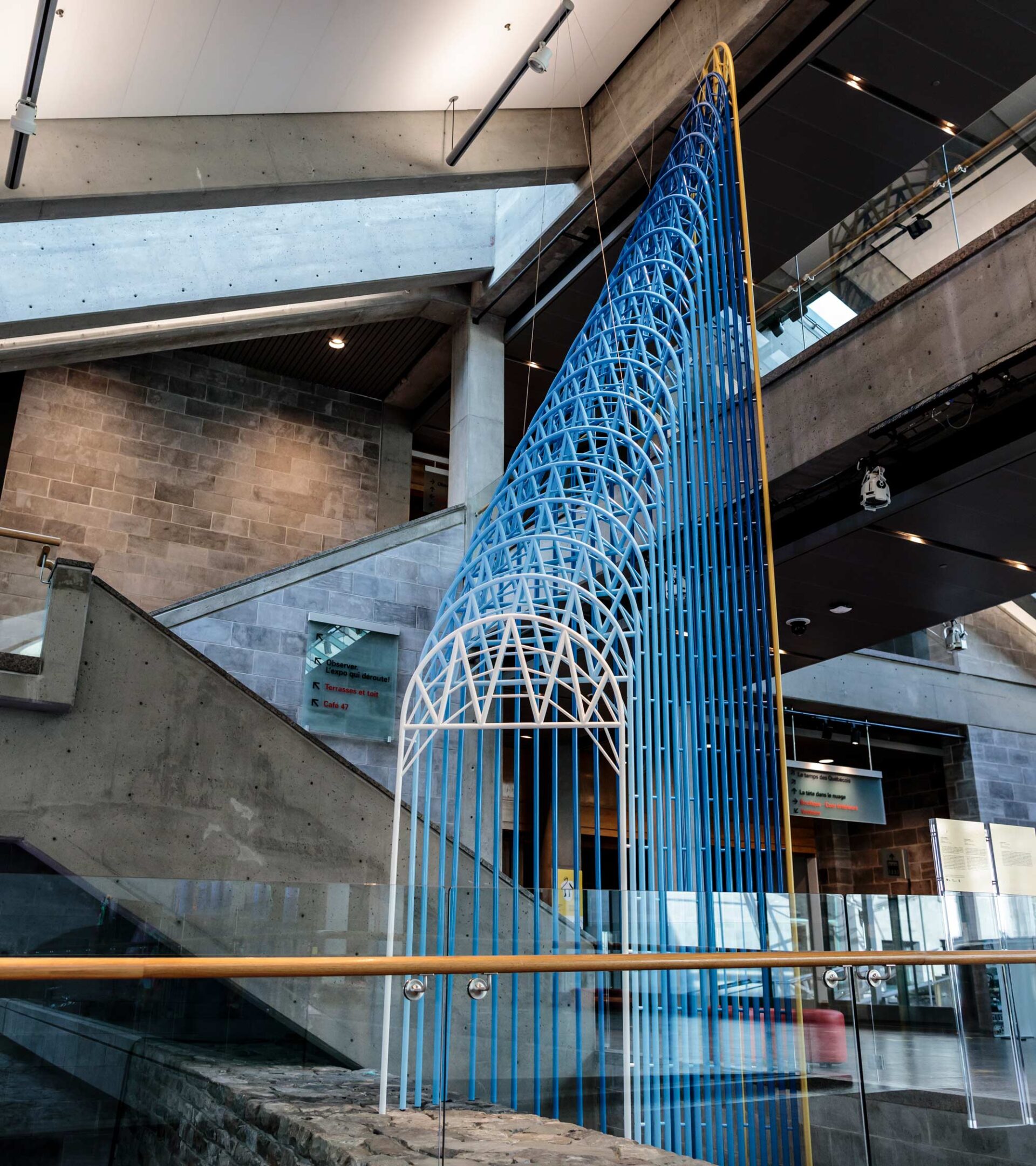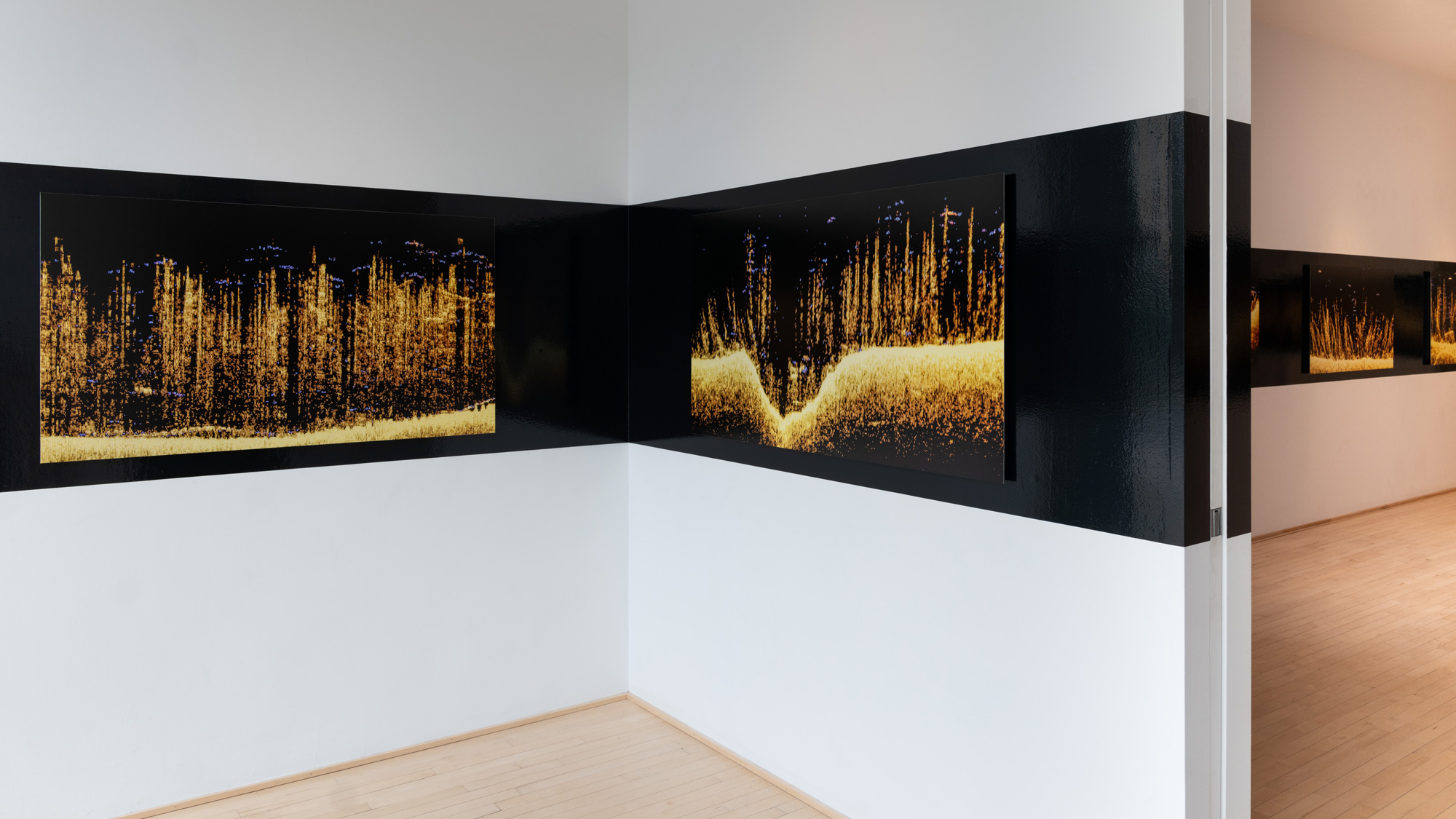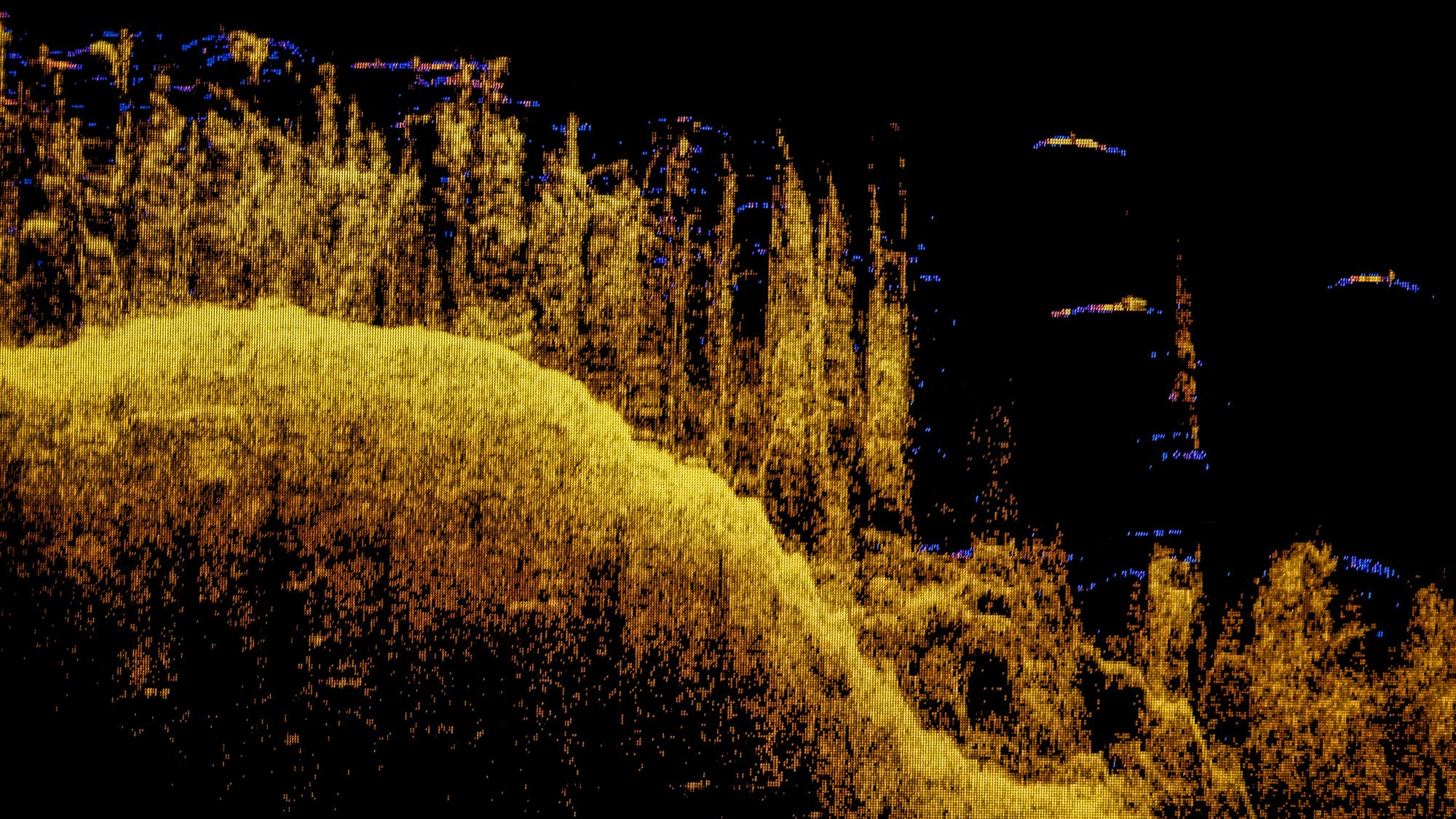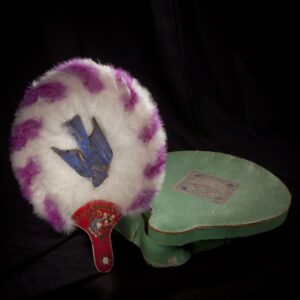Ludovic Boney (b.1981)

Ludovic Boney, Les arches d’entente (The Arches of Understanding), 2020
Aluminum, 830 x 350 x 150 cm
Musée de la Civilisation, Quebec City
Of Wendat descent, Ludovic Boney is a public art artist particularly renowned for his works created in the space of the city, from which he draws his main inspiration. From the start of his career, the independent artist established his reputation in this field: “Unlike most artists, I do more public art than exhibitions. I have always been interested in making large-scale works in public spaces for everyday people. I enjoy creating surprises.”
In 2020, Boney designed Les arches d’entente (The Arches of Understanding) for the Musée de la civilisation, a work of reconciliation now displayed in the building’s lobby. The piece affirms the mutual respect and long-standing alliance between the people of Quebec City and the Wendat Nation. It highlights the centuries-long Indigenous presence both within and outside the institution’s walls, on the territory of Nionwentsïo. The arches evoke Wendat longhouses, which were central to community life in the cultures of the Iroquoian language family, and they reflect Boney’s dedication to adapting his works to the architectural characteristics of their environment.
After completing his training at the Maison des métiers d’art de Québec, where he now teaches, Boney co-founded Bloc 5, a workshop and co-operative of visual arts creators, in 2002. He uses industrial materials, including steel, aluminum, and wood, in his large-scale, ambitious sculptures. He works through accumulation and the juxtaposition of solids and voids to create structures that appear on the verge of imbalance. Une cosmologie sans genèse (A Cosmology Without Genesis), 2015, is a striking example of the poetic power of Boney’s art. Three soaring masts and a suspended sphere made from hundreds of tubes of cast aluminum, with a total weight of twenty-three tonnes, tower above the courtyard of the Musée national des beaux-arts du Québec. The sculpture’s structure is animated by circles and cones—shapes that multiply within the sphere. These forms echo the holistic thinking of First Nations and call to mind tipis, the traditional dwelling of nomadic peoples, as well as modern telecommunication towers. This piece was created for the museum under the government policy of integrating art into public buildings and spaces (the 1% policy).


Inspired by the effect a space has on him, Boney leaves his mark upon it, revealing it in a new light, enriched with fresh sensitivity. Recently, he turned his attention to a territory no longer visible to the human eye. In 1969, thirteen years after the construction of the Daniel-Johnson Dam on the Manicouagan River, the forest landscapes of Pessamit, the ancestral territory of the Innu First Nation, were submerged. Using an echo sounder, Boney revisited the lost territory and captured haunting underwater images. “The trees are remarkably well-preserved,” he recounts, “standing upright, with the tops of the tall black spruces swayed by the currents as if they were still bending in the wind.” Gathered under the title Mémoires ennoyées (Drowned Memories), 2022, these haunting and beautiful photographs were featured in the artist’s first solo exhibition, at the Huron-Wendat Museum in Wendake in 2022.

 About the Author
About the Author
 More Online Art Books
More Online Art Books
 Acknowledgements
Acknowledgements